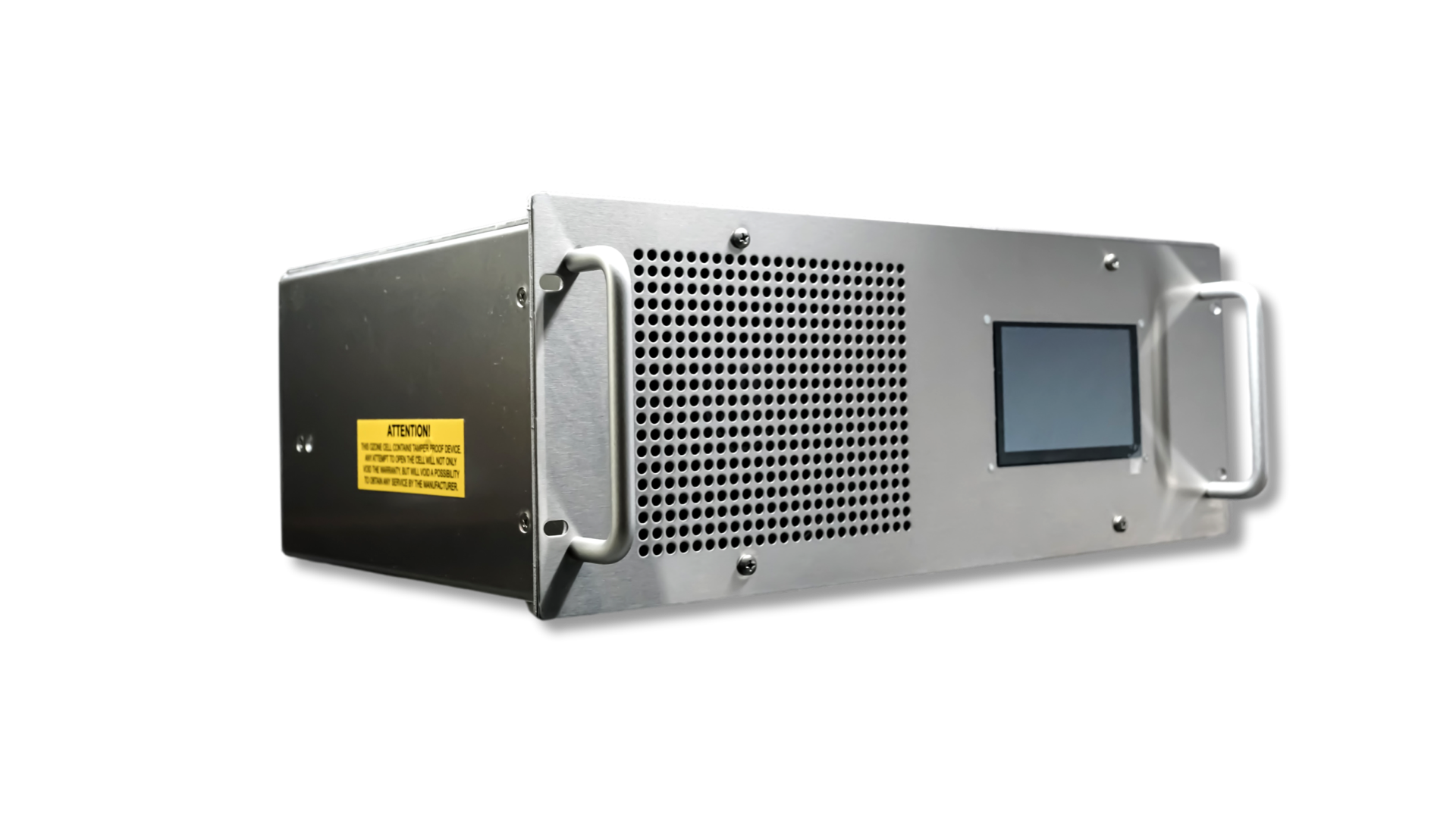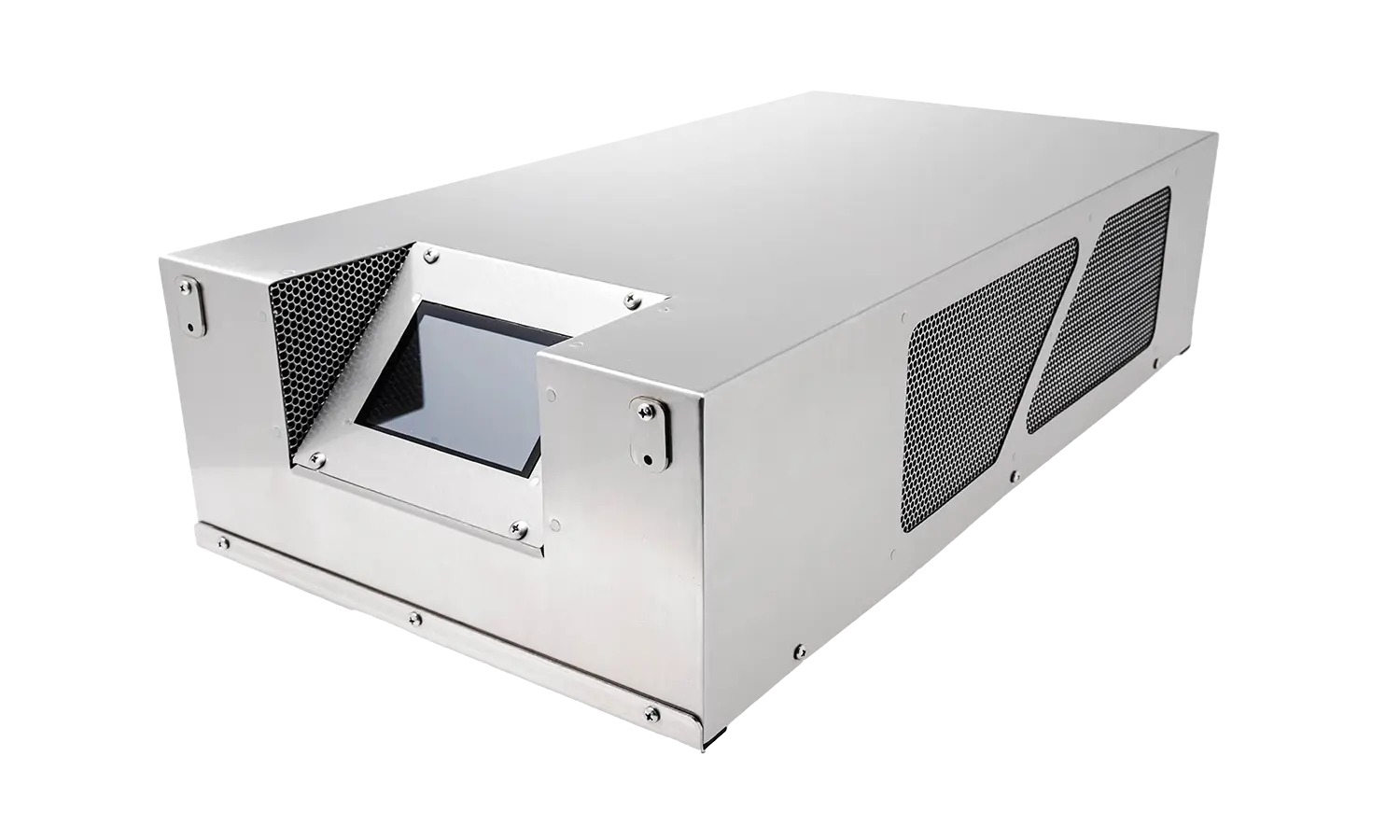Share This Story, Choose Your Platform!
Is a static mixer or mass transfer reactor a worthwhile investment in an Ozone system?
We have often received customer messages asking about the static mixer’s efficiency. To assist everyone in better understanding these types of devices, I would like to share some information and provide some insights on whether a static mixer or mass transfer reactor is a worthwhile investment in an ozone system.
Static mixers are marketed as innovative and economical solutions for dissolving ozone in water. Still, their efficacy should be examined before purchasing. Strangely enough, I have never seen a static mixer manufacturer showing a performance chart of their products demonstrating ozone concentration before and after mixing. This is concerning, as I have tested numerous static mixers, and most of them function more like strippers in turbulent water flows. For example, in our test, ATLAS 30 achieved a concentration of 13 ppm after injecting ozone into water passed through a venturi. However, after installing an additional static mixer, we only obtained seven ppm of ozone when everyone expected 20 ppm.
Around 35 years ago, I constructed an advanced static mixer for one of my clients. The water that passed through the device looked like milk, even after 5 minutes of exiting the mixer. However, when we measured dissolved ozone in this water, there was ten times less dissolved ozone than we usually get after using an inexpensive Venturi injector. Trying to understand why so many bubbles/micro-bubbles do not dissolve any gas in water made me look at science, and I have found the following:
Henry’s Law, in simple terms, dictates that the amount of gas dissolved in a liquid depends on partial pressure, and that depends on the system’s total pressure. The lower the pressure, the less gas can be dissolved in liquids. We all learn it when we open a beer bottle after work and see how the gasses immediately start outgassing from the liquid when pressure is released.
We all understand that to create turbulence and bubbles inside any static mixer. We need to speed up the water. The water velocity inside any device will depend on the difference in pressure before and after. The greater the difference, the higher the speed, and as a result, the static mixer creates more bubbles. Now if you ignore all these bubbles inside and their tremendous surface, you will understand that you are making a considerable pressure drop that, according to Henry’s Law, will not allow more gasses to remain inside the liquid but instead will cause outgassing. No laws of physics known to me can offset this gas off-gassing and make these mass transfer reactors or static mixers efficient and not stripper.
Static mixers require caution and evaluation before adopting them in industrial ozone applications. It is essential to demand evidence-based data and performance results from manufacturers to substantiate their efficacy claims. Consulting with experts and conducting independent tests can provide valuable insights into static mixer performance in specific applications. Through this knowledge, we can avoid falling victim to marketing hype and ensure we invest in reliable and proven solutions for our industrial processes.
In summary, unless static mixer manufacturers can provide solid and verifiable performance test results regarding dissolved gas concentration, it is prudent to exercise caution when considering the adoption of these devices in industrial applications. Based on my experience, static mixers are not ideal for ozonization processes, as they do not effectively dissolve gas in liquids. Offering these devices to customers is like deceiving them and wasting their money.
I hope this information is helpful for those interested in static mixers. If you have further questions or comments, I would be happy to discuss them further.





